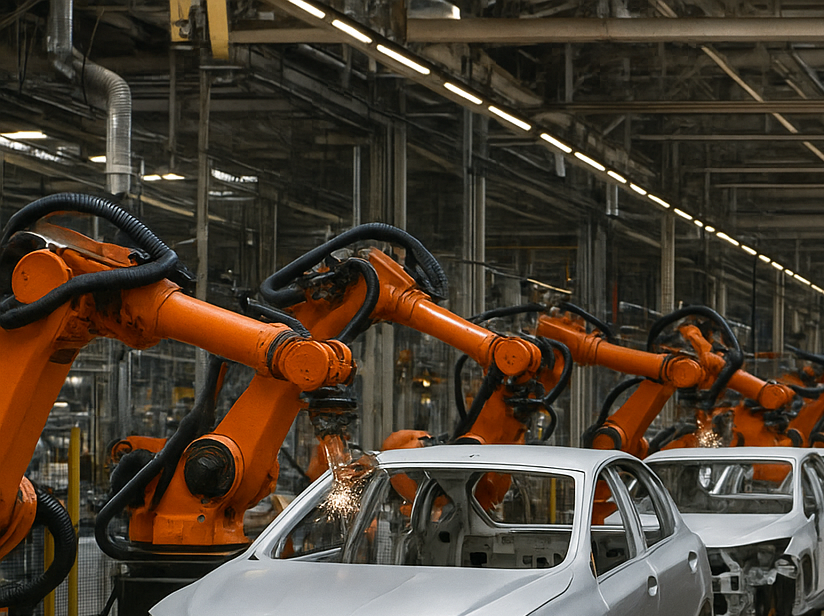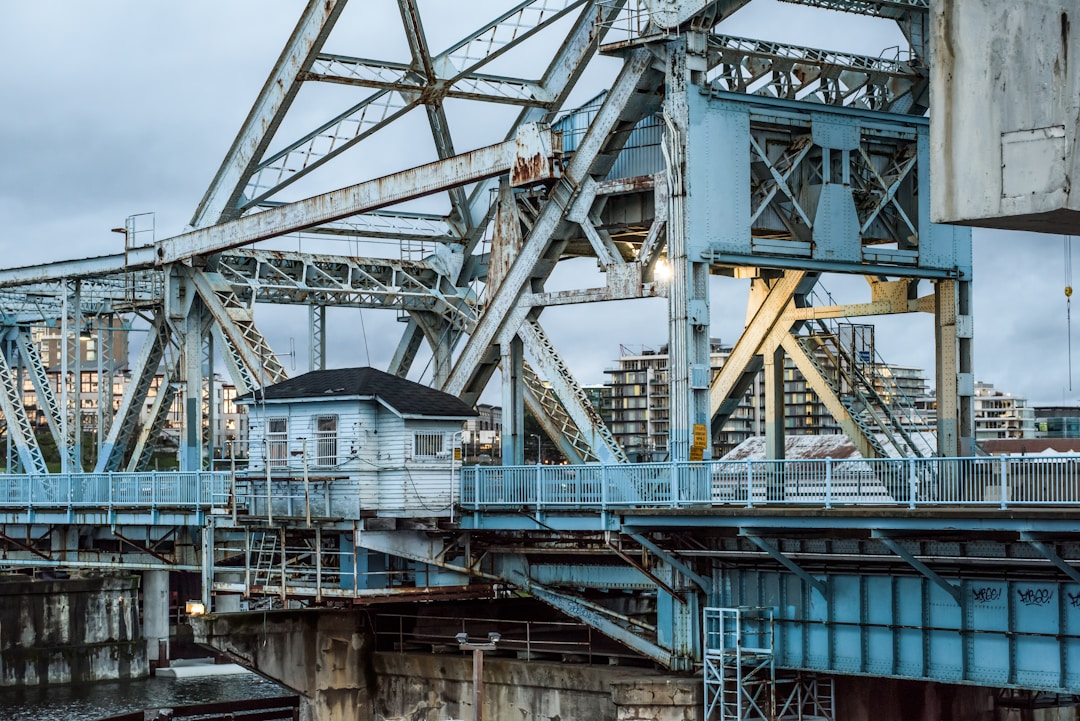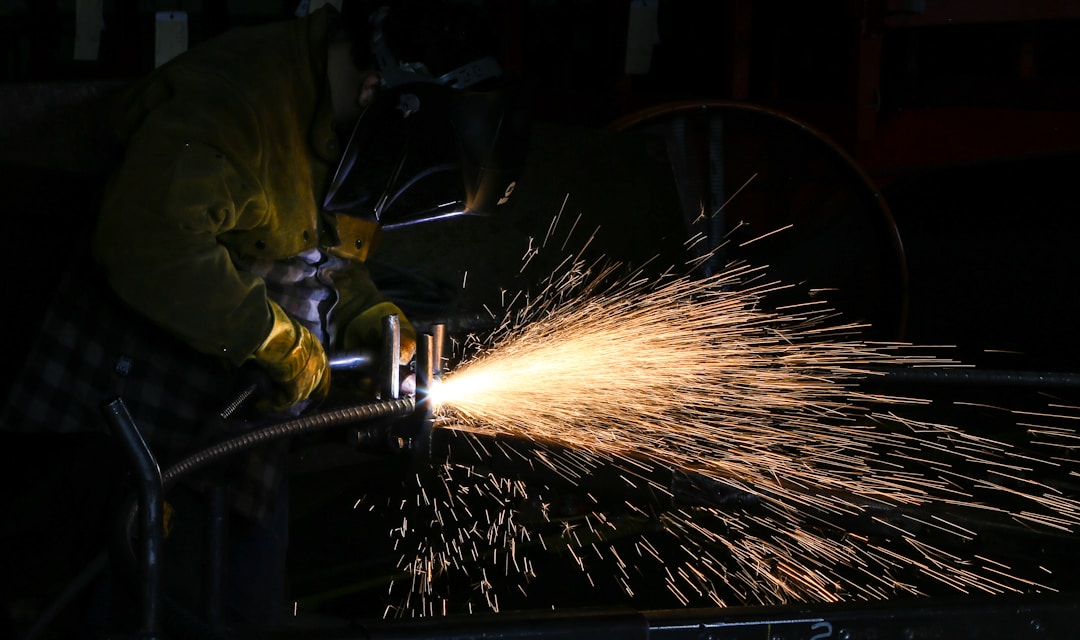Steel industry development trend
2025-01-23
1. Steel production will gradually enter a downward cycle
From the development of developed countries such as the United States and Japan, in the stage of rapid urbanization, infrastructure construction and housing construction will bring about a high demand for steel, and the growth rate of crude steel production will show a positive correlation with the growth rate of construction industry output value. In recent years, my country's construction steel accounts for about 55% of the total material consumption, mainly in three categories: fixed asset investment such as manufacturing plants, real estate, and infrastructure, among which the real estate sector accounts for a large proportion of steel consumption. In 2022, my country's urbanization rate will be 65.22%, which is in the middle and late stages of urbanization development, while the housing vacancy rate in second- and third-tier cities remains high. Under the policy background of "housing for living, not for speculation", the demand for steel in the real estate industry will most likely gradually decline in the future. From the perspective of infrastructure, my country has vigorously carried out infrastructure construction in recent years, and high-speed rail and highway networks have basically achieved large-scale coverage across the country. Infrastructure investment has entered the stage of making up for shortcomings, and the incremental space for steel demand in the future infrastructure sector is limited.
Manufacturing steel accounts for about 1/3 of the total steel consumption, mainly concentrated in machinery, automobiles, shipbuilding, home appliances and other industries. Against the backdrop of a global economic downturn, the incremental demand for steel brought about by investment and consumption in the manufacturing sector in the short term may be very limited. In the long run, the prosperity of the domestic manufacturing industry is expected to rise again as the global economy recovers. There is a certain room for growth in steel demand, but it is still difficult to make up for the impact of the decline in demand for construction steel in the future. Therefore, against the backdrop of declining demand, my country's crude steel output will also enter a downward cycle in the next few years.
2. Manufacturing upgrades will drive demand for special steel
How to increase the application of steel materials in manufacturing, especially high-end manufacturing, is one of the problems facing my country's steel industry. Based on the current situation of insufficient supply of high value-added and high-tech varieties, my country's steel companies will continue to focus on improving their independent innovation capabilities and the ability to transform innovative achievements, improve product quality, accelerate the production capacity and product structure of the steel industry, and increase the proportion of high value-added products.
Benchmarking the development of Japan's steel industry, the goal is that my country's special steel accounts for a relatively low proportion, and the crude steel output of high-quality special steel companies accounts for less than 15% of the country's total crude steel output. Structurally, stainless steel and high-end products are in short supply. In 2021, stainless steel accounted for only 6% of special steel output, and the proportion is expected to increase further in the future. The huge demand for high-performance and high-precision special steel products such as stainless steel and alloy structural steel in downstream industries of special steel such as the automobile industry will stimulate the improvement of special steel production and quality. Overall, the transformation and upgrading of the manufacturing industry and the intelligentization directly drive the demand for special steel. There is huge room for growth in China's special steel demand, and the medium- and long-term prospects of the special steel industry are positive.
3. Mergers and reorganizations may be further accelerated, and there is a large space for overseas expansion
My country's policy level encourages mergers and reorganizations in the steel industry. In the future, cross-regional and cross-ownership reorganizations in the steel industry will be further accelerated, and the industry concentration will be gradually improved through professional integration and high-quality reorganization. This will also improve the regional coordination capabilities of the industry, accelerate continuous breakthroughs in the field of technological innovation, and thus increase product added value, enhance the core competitiveness of enterprises and optimize the industrial structure. In the next 5-10 years, the concentration of my country's steel industry (TOP10) will gradually increase to more than 60%, which will provide sufficient high-end steel raw materials for the innovation of the manufacturing industry.
For domestic demand, there is limited room for future growth, while the urbanization level in underdeveloped regions such as Africa and Southeast Asia still has a lot of room for improvement. Infrastructure construction, real estate and other investment and construction are expected to become global steel consumption growth points. my country's steel companies can target these countries and regions.
4. Under the background of "dual carbon", there is huge room for scrap steel resources to increase
After a long period of slow growth, China's per capita steel reserves have ushered in a period of rapid growth. Since the reform and opening up in 1978, our steel industry has developed rapidly. In 2000, the steel reserves reached 1.766 billion tons, close to the level of the United States in 1965, but the per capita steel reserves were only 1.3 tons. In 2021, the steel reserves reached 11.4 billion tons, and the per capita steel reserves rose rapidly to 8.1 tons.
Looking back at the development history of the steel industry in developed countries such as the United States and Japan, when the per capita steel reserves reach a certain scale (8-9 tons) and the power industry is vigorously developed, the proportion of electric arc furnace steelmaking will continue to rise and exceed converter steelmaking. Although electric arc furnace steelmaking accounts for only about 10% in China, the replacement of new electric arc furnace capacity has increased significantly in recent years. Against the backdrop of "carbon peak" and "carbon neutrality", China's steel industry will reduce fossil energy consumption, which is also conducive to the development of electric furnace smelting. The China Scrap Steel Application Association predicts that the total amount of scrap steel resources will reach 300 million to 320 million tons in 2025 and 350 million to 380 million tons in 2030. The amount of scrap steel resources will account for about 40% of crude steel production, which will provide sufficient scrap steel resources for the development of electric furnace steelmaking.
RELATED BLOG







